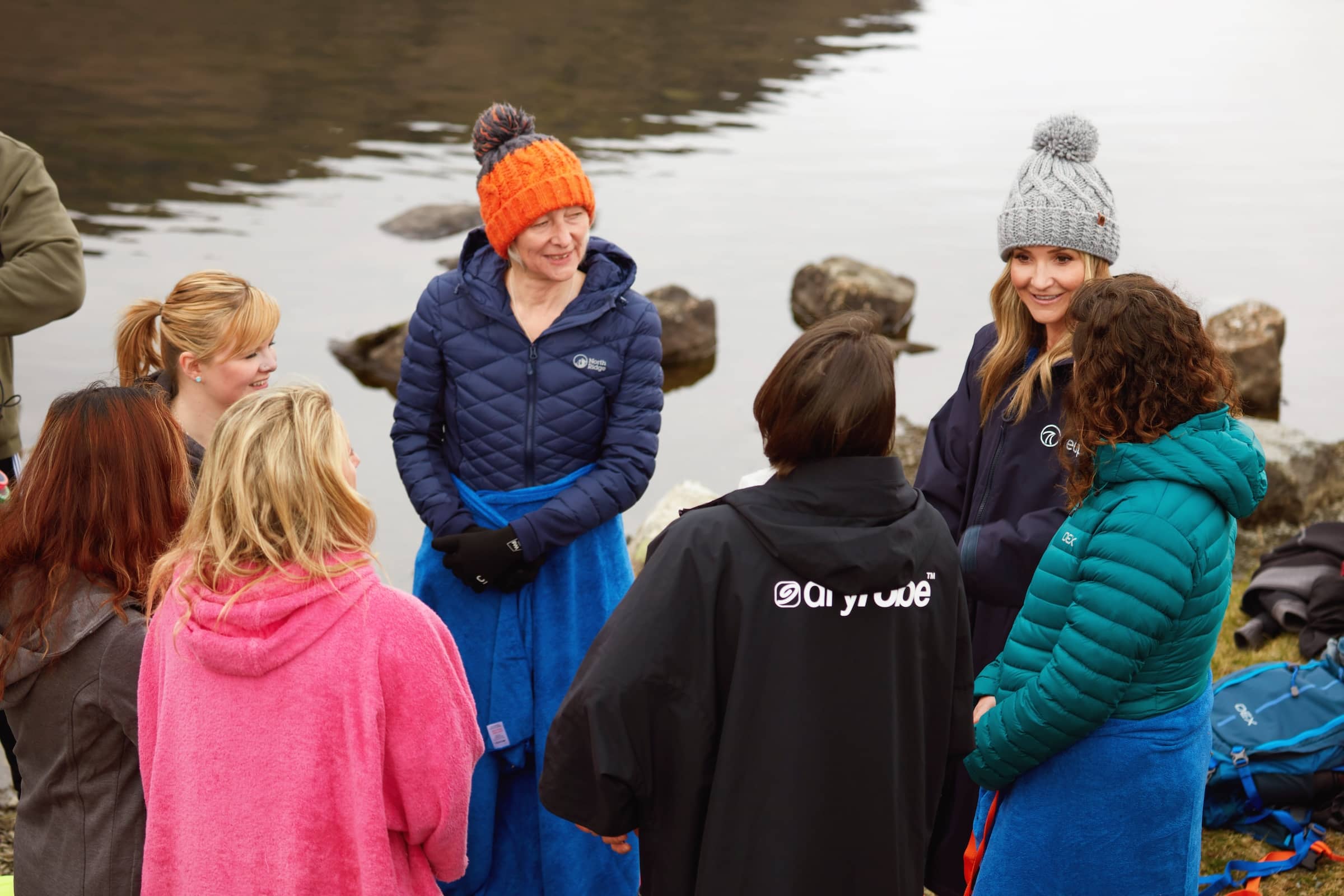In recent years, there has been a notable surge in the popularity of cold water swimming, evident in a remarkable 700% increase in searches¹ according to Google Trends.
This invigorating trend has not only caught the attention of adventure seekers but has also become a preferred activity for outdoor enthusiasts.
The allure lies not just in the refreshing embrace of cold waters but also in the numerous physical and mental benefits it offers, creating a unique connection with nature.
The experts in outdoor activities, Blacks, delved into the advantages of cold water swimming, shedding light on why this sport has gained such traction.
Their insights go beyond the surface, providing a comprehensive understanding of the benefits that extend to both body and mind.
Additionally, Blacks generously share their expert tips, making it accessible for anyone keen on embracing cold water swimming as a thrilling and healthful pursuit in the upcoming year.
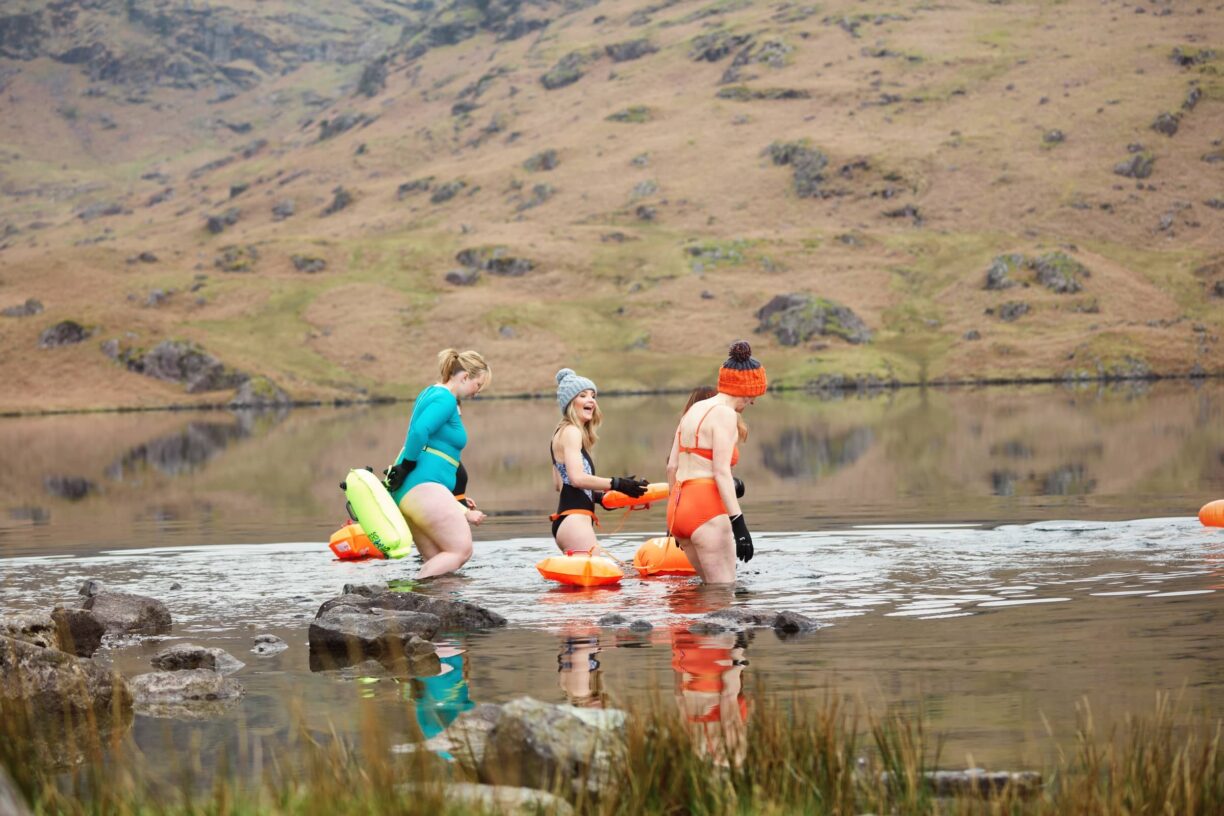
Discover the transformative journey that awaits those willing to take the plunge into the cold waters, as we unravel the reasons behind the surge in popularity.
Vicky McCreadie, cold-water swimming coach at Wonderful Wild Women says: “Cold-water swimming has long been suspected of multiple health benefits and now the science and studies are there to back this up.
Cold water stimulates a natural response from your body; releasing chemicals into the body inclusive of dopamine, serotonin and cortisol.”
Brand ambassador Helen Skelton, who visited the cold water swimming group Wonderful Wild Women, said: “Nature and adventure are great levellers.
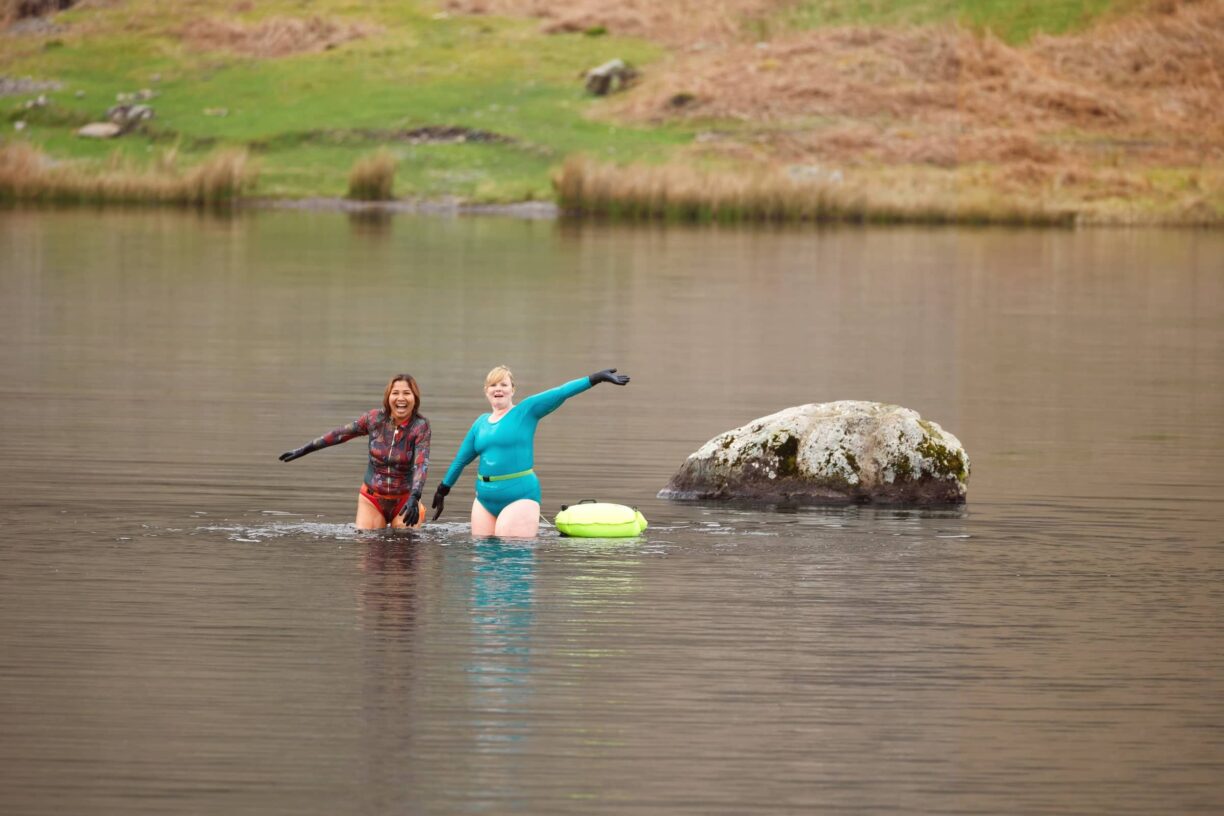
There’s no denying time spent outside is good for your mental health and visiting the ladies of Wonderful Wild Women is a testament to that.
The science behind the benefits of cold water swimming is proven time and time again, but how can anybody not be happy when swimming in such natural beauty!”
Ethan Ball, Author and outdoor enthusiast at Blacks comments: “If you’re considering cold water swimming, there are a few important factors to remember to ensure you stay safe and get the most from your wild swim.
One main consideration is that when entering cold water with a temperature below 15°C and you’re not accustomed to it, your body may react with an involuntary gasp.
This is often followed by hyperventilation, which is not within your conscious control. If you’ve jumped or dived in, or if the water is turbulent, water can enter your lungs, leading to rapid drowning.
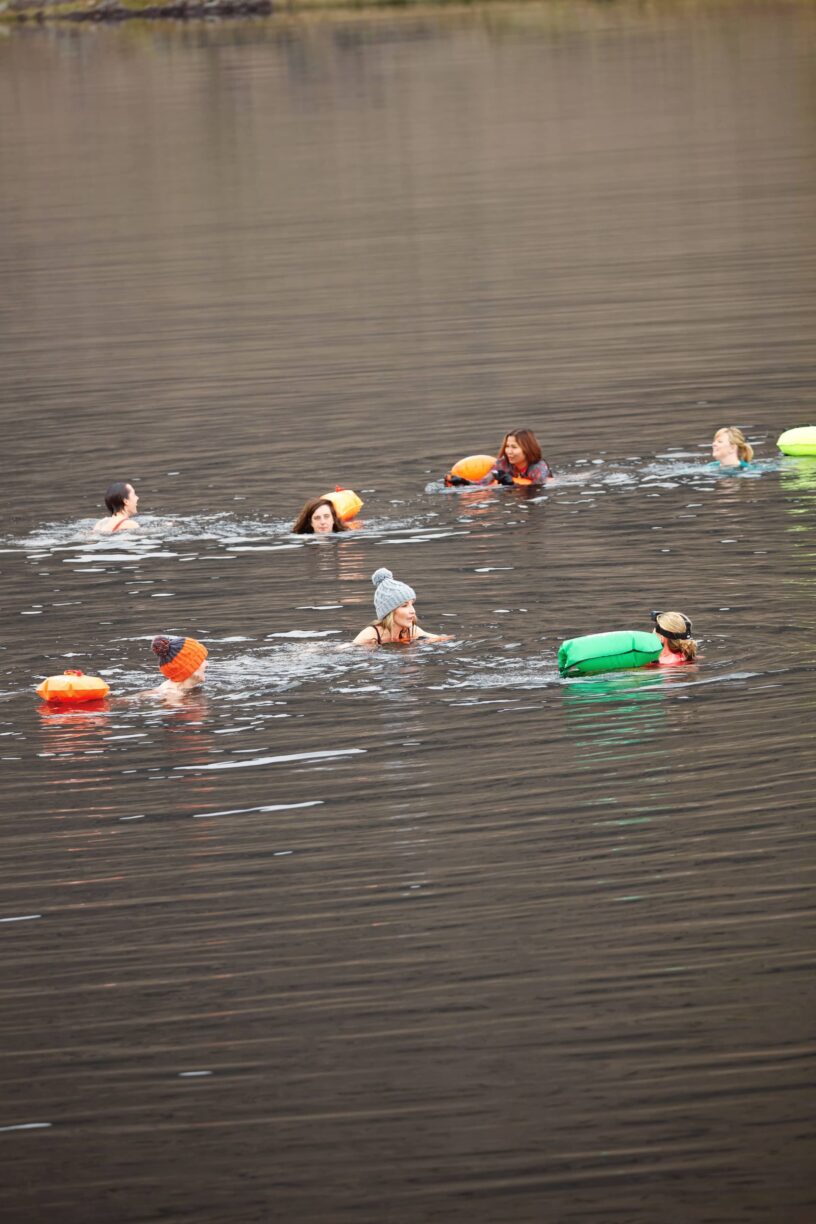
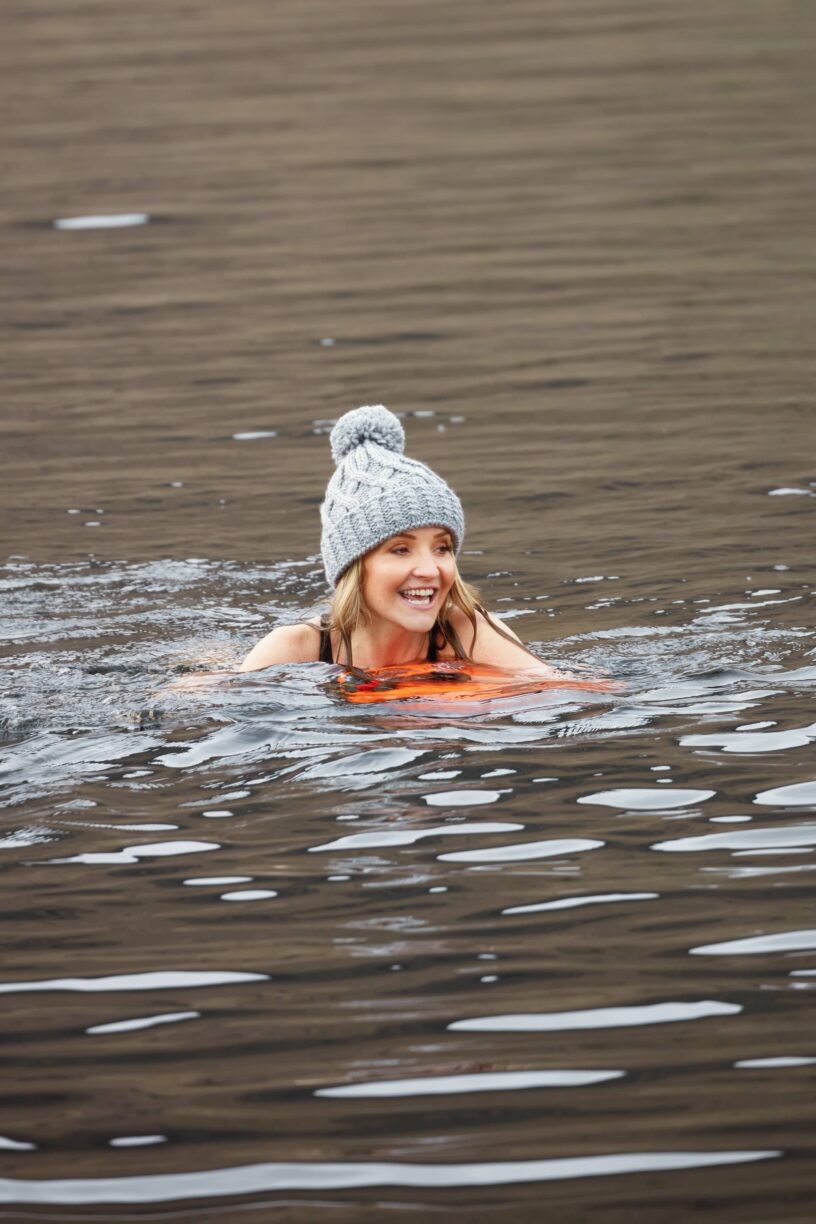
To help mitigate this risk, follow our top tips on how to swim in cold water safely.”
- Acclimatise gradually
Allow your body to acclimatise to cold water by starting with shorter swims in milder temperatures before attempting longer or colder swims.
- Swim with a friend
Swimming with a partner or in a group is always safer. In case of any unforeseen circumstances, having someone nearby who can assist you can be life-saving.
- Know your limits
Understand your swimming abilities before getting into any water. Cold water can be physically demanding, so don’t push yourself beyond your comfort zone or swim more than you can.
- Dress appropriately
Wear suitable cold water swimming gear, such as a wetsuit, to help retain body heat. Protect extremities by wearing neoprene, booties, gloves and a swimming cap. Dressing appropriately is essential to preventing hypothermia.
- Use a tow float
A tow float is a bag that can withstand and has air inside, which provides it with buoyancy. Swimmers attach these bags to themselves and it floats behind them as they swim forward. This helps swimmers stay buoyant and visible when swimming.
- Take care when entering and exiting the water.
Use designated entry points and be mindful of your surroundings. Rocks, slippery surfaces and currents can pose risks.
- Monitor water temperatures
Stay informed about the water temperature before swimming. Extremely cold water can be hazardous, so be aware of local conditions and avoid swimming in dangerously low temperatures
- Listen to your body
Pay attention to any signs of discomfort, fatigue or numbness when swimming. If you feel extremely cold or experience cramps, exit the water immediately and warm up.
- Warm up afterwards
After swimming, it is crucial to warm up gradually to prevent a rapid drop in body temperature. Change into dry clothes, cover yourself with a warm blanket and consume warm drinks to help raise your core temperature.
- Beware of the “after drop”
After drop is when your core temperature continues to drop after exiting cold water, it often leaves you feeling colder than when you were immersed in the water.
- Learn the symptoms of hypothermia.
Shivering, confusion, loss of coordination and very pale skin are all symptoms of hypothermia. If you or anyone in your group shows symptoms, it is important to seek medical assistance immediately.
For more information on cold water swimming, visit www.blacks.co.uk/blog
